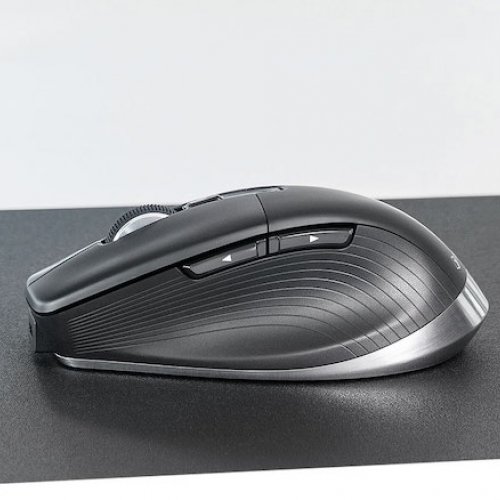Selecting a Mouse
Thoughts on selecting a mouse to navigate the diverse software environments that engineers interact with on a daily basis.
Introduction
Last Updated: 2025-04-19
There is an ever-growing list of software tools that engineers need to use regularly in their daily practice, and many of these aplications work better with easy access to additional input modalities beyond what can be easily encoded in gestures on a touchpad. In other words, engineers are typically more productive with a mouse in hand.
While touchpads have become more precise and responsive, and the computational efficiency of discerning gestures has improved markedly, it still remains justifiable to call upon external input devices to speed-up interactions and decouple complex actions from the singular surface of the touchpad.
Specifically, in engineering software environments, there is often a need for right-button-clicking, middle-button-clicking, scroll-wheel-clicking, or scrolling, all while potentially needing to simultaneously move the cursor.
These types of carefully-choreographed maneuvers can sometimes be accomplished on an touchpad by holding a modifier key on the keyboard while gesturing, but, they are generally easier to accomplish with an external 3-button mouse.
TL;DR (Recommended Mice)
-
3DConnexion CadMouse Pro Wireless

If money is no issue and you have medium-to-large hands, the 3DConnexion CadMouse Pro Wireless is the best. 7200dpi. 1000Hz (via cable) update rate, Bluetooth + 2.4GHz Dongle + USB-C Cable. 3 main buttons. Clickable Scroll wheel. 3 additional buttons. On-Off Switch. Internal Rechargeable LiPo Battery. 140 grams (4.94 oz). Approximately 437 AED ($119+tax) (Student Discount Available, Approximately 386 AED ($105+tax)). -
3DConnexion CadMouse Compact Wireless
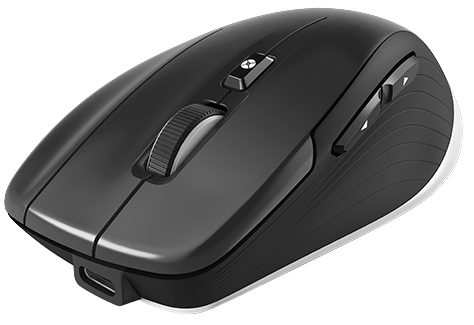
If money is no issue and you have smaller hands, the 3DConnexion CadMouse Compact Wireless is smaller but also the best. 7200dpi. 1000Hz (via cable) update rate, Bluetooth + 2.4GHz Dongle + USB-C Cable. 3 main buttons. Clickable Scroll wheel. 3 additional buttons. On-Off Switch. Internal Rechargeable LiPo Battery. 110 grams (3.88 oz). Approximately 364 AED ($99+tax) (Student Discount Available, Approximately 331 AED ($90+tax)). -
RAPOO MT550 Bluetooth Mouse
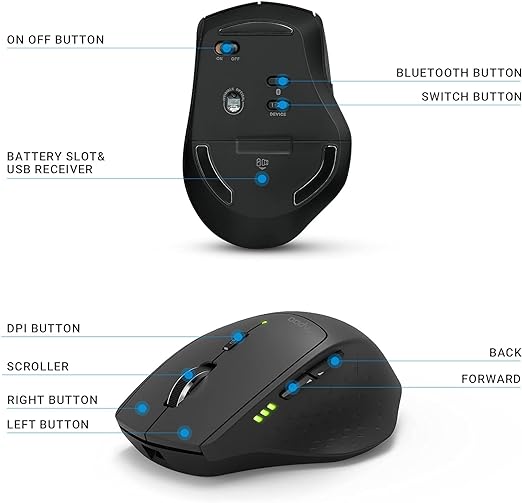
If budget is tight and you need a mouse immediately that looks and feels similar to the CadMouse, the RAPOO MT550 Bluetooth Mouse is a good finance-friendly clone of the CadMouse. It is significantly smaller than the CadMouse, but its shape fits well in many hands. 1600dpi. Bluetooth + 2.4GHz Dongle. 2 main buttons. Clickable Scroll wheel. 2 side buttons. DPI Button. On-Off Switch. NOT Silent Clicks. Pairs with up to 3 devices via Bluetooth. 2xAA Batteries. 105g (3.70 oz) Approximately 85 AED ($23) from Amazon UAE. fair warning: reconnecting Bluetooth sometimes requires toggling power off and on. -
UGREEN Ergonomic Wireless Mouse (90855)
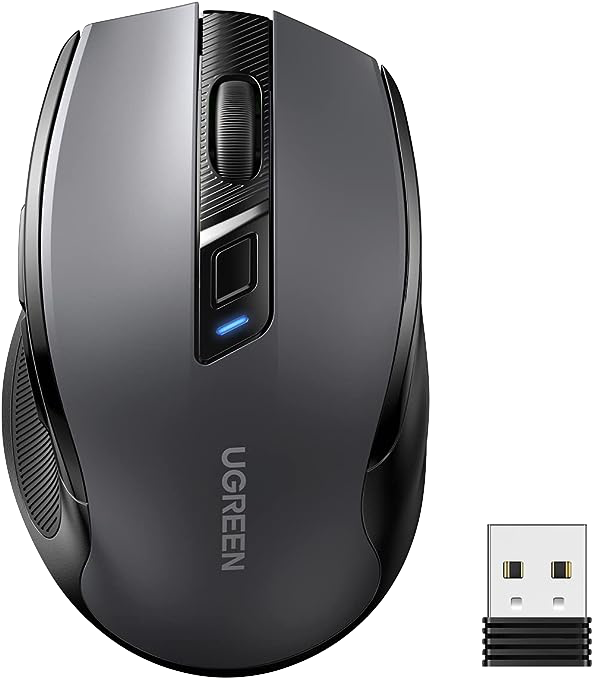
If budget is tight and you need a mouse immediately, the UGREEN Ergonomic Wireless Mouse (90855) is a good option. 4000dpi. Bluetooth + 2.4GHz Dongle. 2 main buttons. Clickable Scroll wheel. 2 side buttons. DPI Button. On-Off Switch. Silent Clicks. 1xAA Battery. 85 grams (3.00 oz) Approximately 99 AED ($27) from Amazon UAE. fair warning: it has a strange top button that toggles wireless connectivity modes with a short press and cycles through different DPI settings with a long press – you'll end up inadvertently disconnecting more than you'd expect. -
UGREEN Upgraded Ergonomic Bluetooth Mouse Comfortable for Large Sized Hands

If budget is middle-of-the-road, you have larger hands, and need a mouse immediately, the UGREEN Upgraded Ergonomic Bluetooth Mouse Comfortable for Large Sized Hands is a good option; though, fair warning: it has a strange top button that toggles wireless connectivity modes rather than cycling through different DPI settings. 4000dpi. Bluetooth + 2.4GHz Dongle. 2 main buttons. Clickable Scroll Wheel. 2 side buttons. On-Off Switch. Silent Clicks. 1xAA Battery. 95 grams (3.35 oz). Approximately 118 AED ($32) from Amazon UAE. -
Tecknet BM308
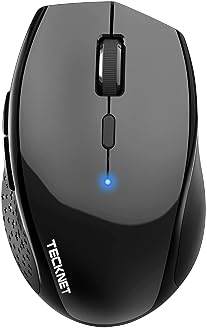
If budget is tight and you DO NOT need a mouse immediately, the Tecknet BM308 is a solid option. 3200dpi. Bluetooth ONLY. 2 main buttons. Clickable Scroll Wheel. 2 side buttons. ON-OFF Switch. NOT Silent Clicks. 2xAA Batteries. 109 grams (3.84 oz). Approximately 87 AED ($23) from Amazon UAE (with International Delivery). (Note: the BM307 is similar with the main differences being that the BM307 is slightly smaller (94g / 3.32 oz) and uses AAA batteries instead of AA). -
Arteck Multi-Device Wireless Bluetooth Mouse

If budget is tight and you're looking for a rechargeable wireless mouse that will arrive by tomorrow, options are limited. International delivery opens up access to devices like the Arteck Multi-Device Wireless Bluetooth Mouse. NOTE: This device has not be tested in the EDS. 2400dpi. Bluetooth + 2.4GHz Dongle. 2 main buttons. Clickable Scroll Wheel. 3 side buttons. ON-OFF Switch. Internal Rechargeable LiPo Battery. Approximately 77 AED ($21) from Amazon UAE (with international delivery).
Note: a number of the mice mentioned above are available for testing in the Engineering Design Studio
Advice on Mouse Feature Selection
Some key features to consider when selecting a mouse are:
- Resolution: 1000dpi or above is preferred. Often, a mouse will have a button to adjust DPI. A typical mid-range office-grade mouse will offer up to 4000dpi. Gaming mice, as of 2023, can offer up to 30,000dpi. The 3DConnexion CadMouse Pro & 3DConnexion CadMouse Compact mice both offer 7200dpi.
- Shape and Size: Typically, a larger mouse with ergonomic shape will work best for full-day usage in intensive engineering software applications. For those with smaller hands, be sure to size the mouse accordingly. The CadMouse Compact, for example, offers all the features of the larger CadMouse Pro while being suited for smaller hands.
- Connectivity: Wired connections work well in fixed desktop setups and offer the fastest polling rates of upto 8,000 position updates per second on gaming mice. Typically, though, wireless will often be more suited to an engineer's daily needs, especially for use in conjunction with a laptop. Bluetooth is most flexible. A 2.4GHz wireless dongle typically provides faster mouse update rates but requires an available USB port and potentially requires a dongle to convert to/from USB-A or USB-C.
- Weight: Believe it or not, for engineering applications, heavier is most-often better. In gaming and other applications, lighter means easier to move quickly. In engineering applcations, a heavier mouse makes it easier to precisely interact with detailed elements on screen and makes it harder for the pointer to drift with inadvertent small hand movements.
- Reliability: Choosing a brand name mouse or one know to be built with quality materials, both mechanically and electrically, can make all the difference. A mouse's buttons should not get spongier or glitchy over time. It should be as easy as clicking a button or flipping a switch for the mouse to reconnect to your computer; any more effort leads to madness with time.
- Price: A mouse exists at every price point imaginable, from $5 to $500. For a university student studying engineering, it's hard to justify spending more than $100 on a mouse, even though the highly-recommended CadMouse Pro retails for $119; it will last a lifetime (50 million clicks).
- Power: Wireless mice are highly recommended, and in selecting a good one, the battery configuration is a point of differentiation. Some mice have a built-in lithium battery; in which case, they will recharge by USB (and sometimes even operate at higher polling rates when connected by USB). Other mice will use AA or AAA batteries; it's tempting to select the mouse that uses the fewest and smallest batteries, but a heavier mouse is often better for engineering applications.
Mice to Avoid
The mice below have been tested in the Engineering Design Studio, and they are generally regarded as not suitable for long-term use in intensive engineering applications and environments.
-
Rii Rechargeable Bluetooth Mouse (RM301)
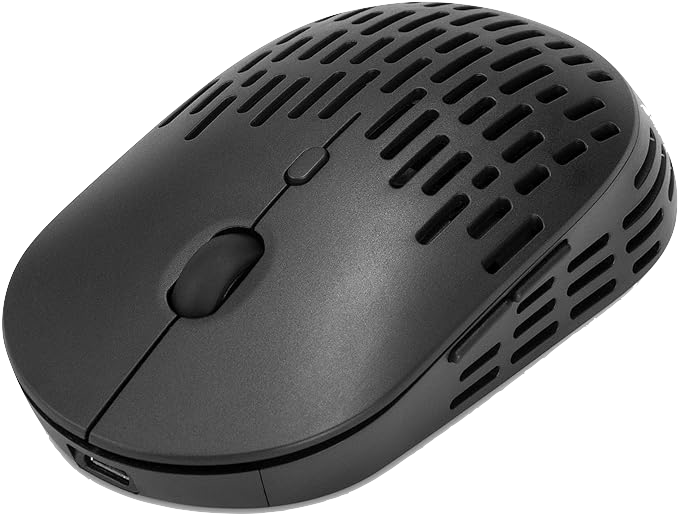
The Rii Rechargeable Bluetooth Mouse (RM301) is affordable and appears to have many desireable features (Bluetooth + 2.4GHz dongle with USB-C, Internal Rechargeable Battery, USB-C charging, 1600dpi, adjustable DPI), but it's VERY flat, too lightweight for comfortable use as an engineering tool (74 grams / 2.61 oz), and has unholy RGB lighting that cannot be disabled. -
TenSteed Bluetooth Gaming Mouse
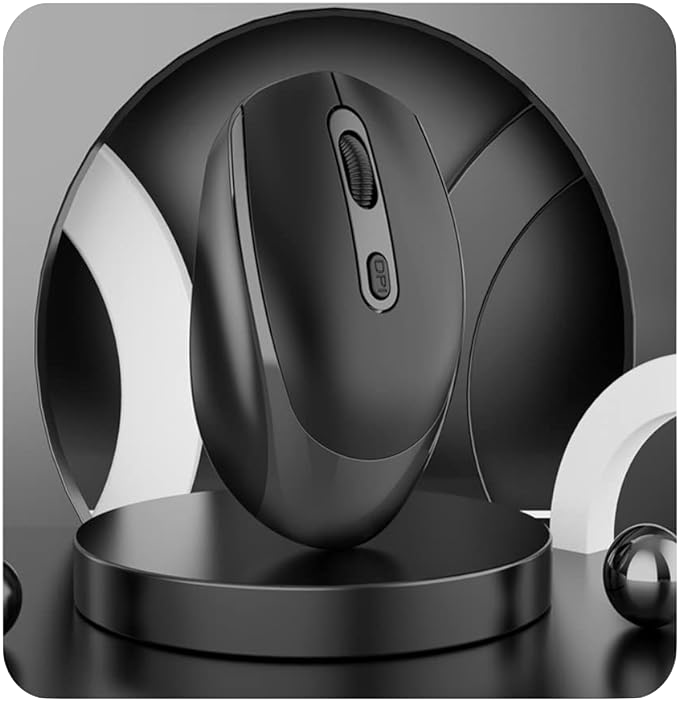
The TenSteed Bluetooth Gaming Mouse is affordable and appears to have many desireable features (Bluetooth + 2.4GHz dongle, Internal Rechargeable Battery, USB-C charging, 1600dpi, adjustable DPI), but it's VERY small, too lightweight for comfortable use as an engineering tool (59 grams / 2.08 oz), and has low quality switches all around. -
Logitech M170 Wireless Mouse
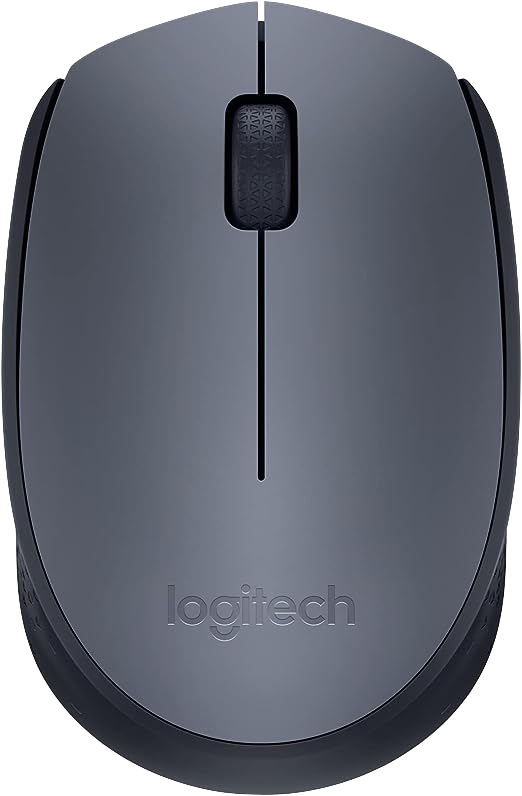
The Logitech M170 Wireless Mouse is super affordable, but it is also super lightweight (71 grams / 2.50 oz), super low volume, and has quite limited functionality (1000dpi, No Bluetooth – requires USB dongle). It will not be a comfortable mouse for day-long usage as an engineering tool.
حقوق الطبع والنشر © 2026 المؤلفين الأصلي. كل الحقوق محفوظة.



